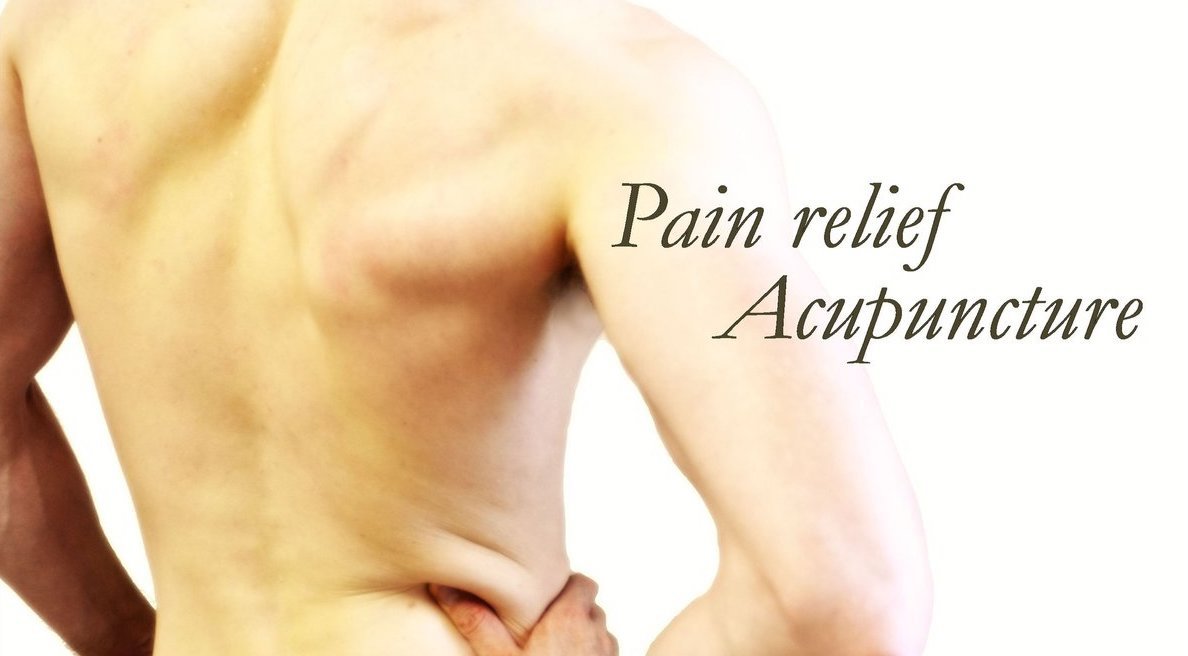
Don’t be surprised if the next time you see your pain doctor they suggest you go to an acupuncturist. The Food and Drug Administration (FDA) recently released a recommendation that doctors get up to speed on complementary alternative therapies for treating pain including acupuncture and chiropractic treatment.
If you’re like many of the patients who are probably open to trying alternative therapies but are still feeling a bit skeptical as to whether or not acupuncture is a legitimate treatment to pursue. To the FDA’s point, I think this is where the physician’s input is key. Patients want to gauge if their physician really believes in the recommendation based on their knowledge and experience with other patients or whether they’re just throwing it out there so they can move on to the next patient and avoid prescribing more painkillers. There is a big difference between a doctor saying, “Let’s try acupuncture, it has helped a lot of my other patients,” as opposed to “Why don’t you try acupuncture since I don’t know what else to recommend at this point.”
We brought acupuncture into our own practice last year and found it helpful in treating pain, mood disorders, head injuries, and even withdrawal symptoms, and I think our patients appreciate the fact that we thought highly enough about it to offer the service in-house.
What makes all of this so interesting is that in our era of amazing technology and innovation, we are talking about a treatment that goes back approximately 3,000 years (and first started by using rocks and stones) to help with our nation’s biggest public health problem – chronic pain and opioid dependence. In a nutshell, the theory behind acupuncture has to do with the concept of qi (pronounced “chi”), or “life energy,” that is believed to flow through the body through channels often referred to as meridians. Poor health and disease are believed to be directly related to interruptions in the flow of this life energy through the body. The insertion of acupuncture needles into key points in the body opens up this blockage and allows the qi to flow through the body, thereby restoring good health. And who wouldn’t want better qi?
Over the years, science has struggled to figure out how this ancient philosophy of treating illness fits in with what we know about modern medicine. Some studies suggest acupuncture modifies the endocrine system and can decrease levels of stress hormones, while others suspect it boosts the body’s immune system and blood flow to diseased areas. Other studies have found that acupuncture increases levels of endorphins, our brains’ natural pain reliever. Interestingly, animal studies show that naloxone, an opiate receptor-blocking compound, can inhibit the pain-relieving effects of acupuncture.
I think the most fascinating science behind how acupuncture can treat pain has to do with all the different ways it can change what happens in the brain. Neuroplasticity refers to the brain’s ability to change, adapt, and reorganize itself, and we know that the experience of chronic pain can lead to widespread neuroplastic changes. Studies using special brain imaging techniques like functional magnetic resonance imaging (fMRI) now show that acupuncture can lead to beneficial changes in brain activity in a number of different parts of the brain, including changes in pain networks. In other words, we can start to see how acupuncture actually relieves pain inside the brain.
If you are interested in trying acupuncture, there are a few basic techniques to be aware of. Basic needling is the traditional method of inserting tiny acupuncture needles in the various meridians in the body. Some acupuncturists may also employ other variations to this including electroacupuncture where an electric current is applied to the needle, moxibustion which uses heat, and acupressure where the added pressure is applied to the acupuncture points. And of course, there is cupping, which got the nation’s attention when cameras caught purple circles all over the body of swimmer Michael Phelps at the Olympic games in Rio.
Whatever technique you choose, you may need more than a few treatments to get positive results. I usually recommend trialing a course of 3-6 sessions, once or twice a week to start. Certainly, not all acupuncturists are the same, and it is worth doing some research and asking around for recommendations to find a practitioner that is right for you.
To arrange an appointment with our Pain Management Specialist, Dr. Jeffrey Chacko, please contact our office at (516) 419-4480 or (718) 215-1888.













